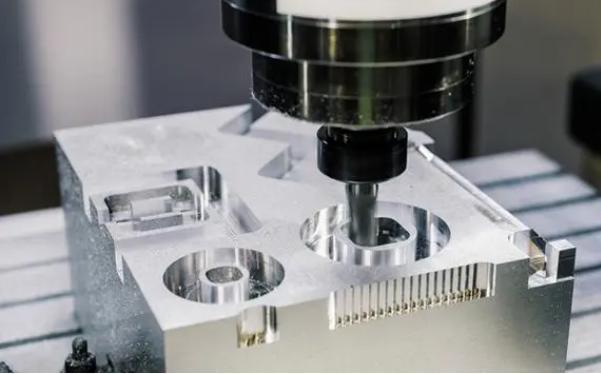CNC machining offers a powerful and versatile approach for creating plastic parts, but it does have some inherent limitations. Here's a breakdown of some key limitations to consider when designing plastic parts for CNC machining:
Geometric Complexity
l Very Thin Walls: There's a limit, as mentioned earlier, to how thin a wall can be when CNC machining plastic. This is because thin walls are more prone to deflection and breakage during machining, especially with larger tools.
l Undercuts and Internal Features: CNC machining relies on line-of-sight tool access. Features like undercuts (requiring the tool to reach into a recessed area) or completely enclosed cavities are difficult or impossible to achieve with standard CNC machining techniques.
l Extremely Small Features: While CNC machining offers good precision, creating extremely tiny features like micrometer-sized details can be challenging due to tool diameter limitations.
Material Properties
l Melting Point and Heat Generation: The machining process generates heat. Plastics with lower melting points can melt or deform if not machined with proper speeds and feeds. Heat management is crucial to avoid compromising the part quality.
l Material Brittleness: Some plastics, especially very brittle ones like acrylic, can crack or chip during machining, especially when creating sharp corners or features requiring high tool forces.
l Chemical Reactions: Certain plastics might react chemically with coolant used during machining, deteriorating the surface finish or causing stress cracks. Choosing compatible coolants is important.
Other Limitations
l Production Speed: CNC machining can be a slower process compared to high-volume plastic manufacturing methods like injection molding, especially for complex parts.
l Cost: While generally cheaper than machining metals, complex plastic parts with tight tolerances or requiring specialized tooling can be expensive to produce via CNC machining.
Alternative Manufacturing Methods
When CNC machining isn't the ideal solution for your plastic part design, some alternative methods might be worth considering:
l 3D Printing: For parts with extreme geometric complexity or intricate internal features, 3D printing techniques are well-suited.
l Injection Molding: For high-volume production of simpler plastic parts, injection molding offers a cost-effective and fast approach.
l Thermoforming: For parts requiring specific shapes or bends, thermoforming can be a good option.
l Casting: For certain plastic parts, casting techniques can be suitable, especially for low-volume production.
Conclusion
CNC machining remains a valuable technique for creating high-precision and functional plastic prototypes or low-to-medium volume production parts. However, understanding its limitations regarding design complexity, material properties, and production speed allows you to make informed decisions. For parts with extreme features, high-volume production needs, or specific cost constraints, alternative manufacturing methods might be better suited. Consulting with a qualified CNC machining service provider or a product design engineer can help you determine the most appropriate approach for your specific plastic part requirements.

